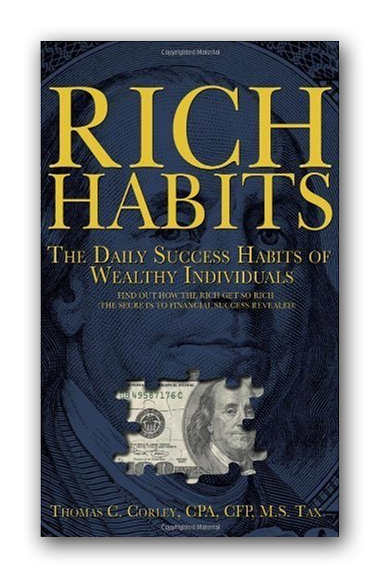
The real secret to success is consistency – doing certain things every day that help move you forward in achieving your goals which lead to the realization of your dreams.
Successful people create consistency by adopting daily habits that are tied to their goals and dreams.
Habits force consistency. Since success requires consistency, habits automate success.
How do you create consistency?
Ask yourself this question:
“What are the five most productive things I can do today to help me realize my dreams and the goals behind my dreams?”
Write down those five daily productivity tasks. You can, if you like, include them on your daily to-do list or schedule them as if they were appointments, on Outlook or on your phone.
No matter what happens during the day, make it your #1 priority to do those five things.
To turn these five productivity tasks into habits, you must engage in them for 90 days.
Why 90 days?
It’s all about how the brain creates habits. It takes time to create habits because the brain must build the neural infrastructure that makes habits possible. Like building a house, the brain marshals its resources to construct a habit.
Here’s how habits are created inside the brain:
Step #1 – New Neural Synapse is Born
During the first 30 days of repeating an action or thought, specific neurons form a sort of alliance with each other and begin sending regular, repeated chemical signals to each other. This frequency creates what is known as a synapse.
Step #2 – Basal Ganglia Takes Notice
After another 30 days, the basal ganglia, the command and control center for habits, becomes aware of this newly formed synapse and out of curiosity, grows a tendril which it sends it into the newly formed synapse to find out what’s going on. Using this tendril, the basal ganglia will continuously monitor the newly formed synapse in order to determine if this is something that should become a habit. What cements the basal ganglia’s decision to transform this synapse into a habit, is the frequency with which the neurons communicate with each other.
Step #3 – Basal Ganglia Marks Synapse as a Habit
After another 30 days, the basal ganglia’s tendril will determine that the synapse is communicating frequently enough to warrant transformation into a habit. The basal ganglia then instructs the tendril to grow branches, much like tree branches, into the synapse area, physically connecting those branches to the various neurons that make up the synapse. The moment the tendril branches touch those neurons, the physical infrastructure to form a habit is in place and those neurons and that synapse will be forever marked a habit.
Once your Daily 5 Productivity Tasks become transformed into habits, you will engage in them without effort. They will become automatic.
This Daily 5 Habit Creation Strategy will create the consistency you need to help move you forward, little by little every day, towards accomplishing your goals and, ultimately your dreams.









